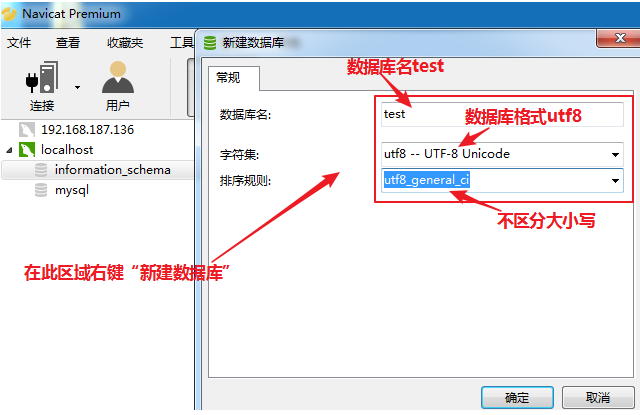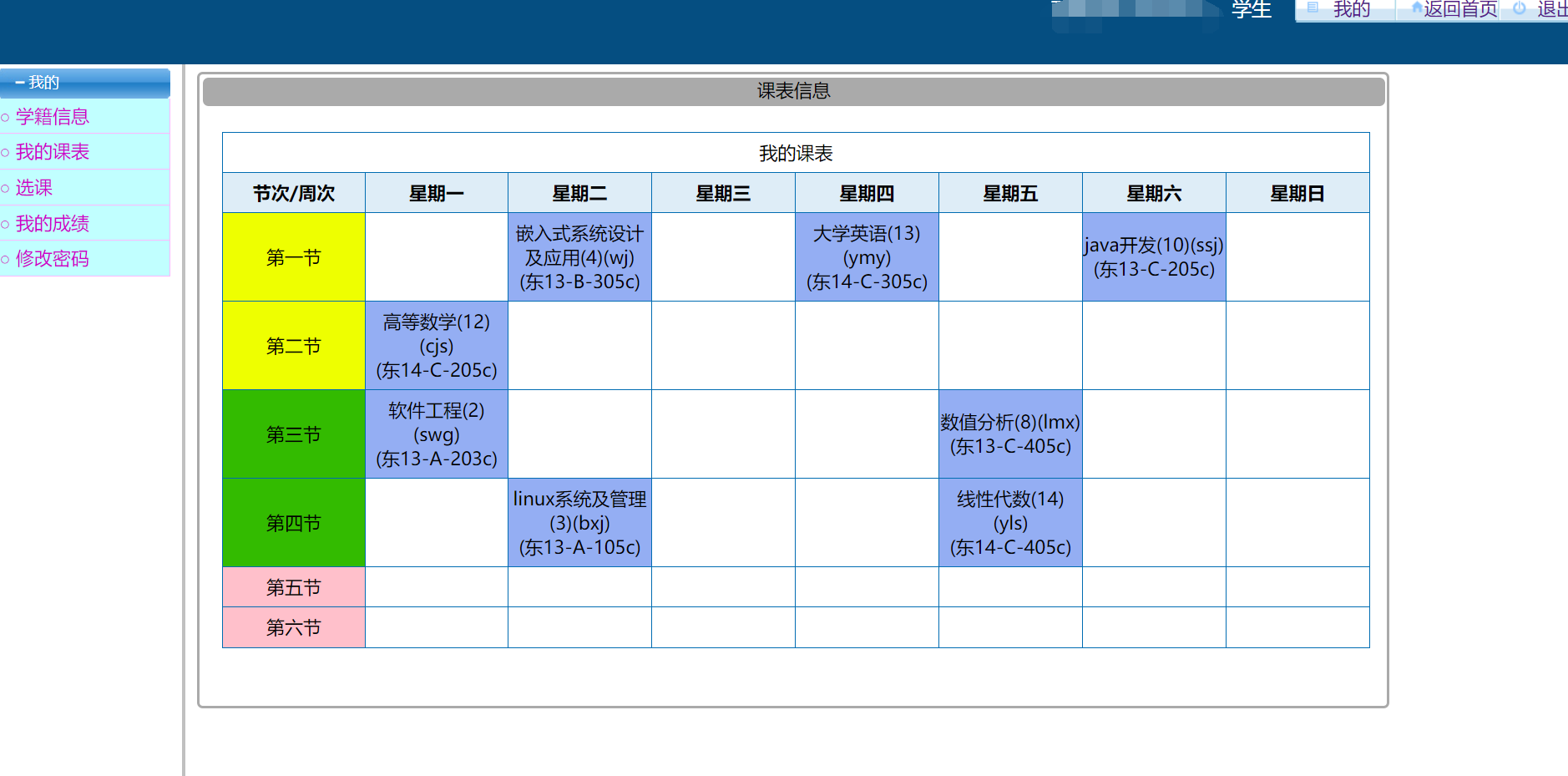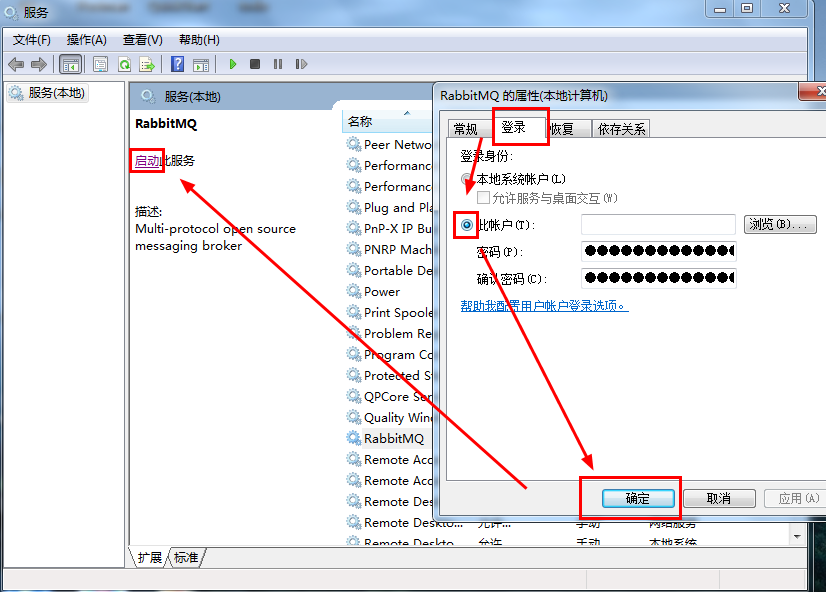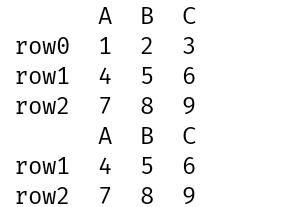Sentence Screen Fitting
Given a rows x cols screen and a sentence represented by a list of words, find how many times the given sentence can be fitted on the screen.
Note:
- A word cannot be split into two lines.
- The order of words in the sentence must remain unchanged.
- Two consecutive words in a line must be separated by a single space.
- Total words in the sentence won’t exceed 100.
- Length of each word won’t exceed 10.
- 1 ≤ rows, cols ≤ 20,000.
Example 1:
Input:rows = 2, cols = 8, sentence = ["hello", "world"]Output:1Explanation:hello---world---The character '-' signifies an empty space on the screen.
Example 2:
Input:rows = 3, cols = 6, sentence = ["a", "bcd", "e"]Output:2Explanation:a-bcd-e-a---bcd-e-The character '-' signifies an empty space on the screen.
Example 3:
Input:rows = 4, cols = 5, sentence = ["I", "had", "apple", "pie"]Output:1Explanation:I-hadapplepie-Ihad--The character '-' signifies an empty space on the screen.分析:
统计加空格的句子总长度,然后遍历每一行,初始化colsRemaining为cols,然后还需要一个变量idx,来记录当前单词的位置,如果colsRemaining大于0,就进行while循环,如果当前单词的长度小于等于colsRemaining,说明可以放下该单词,那么就减去该单词的长度就是剩余的空间,然后如果此时colsRemaining仍然大于0,则减去空格的长度1,然后idx自增1,如果idx此时超过单词个数的范围了,说明一整句可以放下,那么就有可能出现宽度远大于句子长度的情况,所以我们加上之前放好的一句之外,还要加上colsRemaining/len的个数,然后colsRemaining%len是剩余的位置,此时idx重置为0.
1 class Solution {2 int wordsTyping(String[] sentence, int rows, int cols) {3 String all = "";4 for (String word : sentence) {5 all += (word + " ");6 }7 int res = 0, idx = 0, n = sentence.length, len = all.length();8 for (int i = 0; i < rows; ++i) {9 int colsRemaining = cols;10 while (colsRemaining > 0) {11 if (sentence[idx].length() <= colsRemaining) {12 colsRemaining -= sentence[idx].length();13 if (colsRemaining > 0) {14 colsRemaining -= 1;15 }16 if (++idx >= n) {17 res += (1 + colsRemaining / len);18 colsRemaining %= len;19 idx = 0;20 }21 } else {22 break;23 }24 }25 }26 return res;27 }28 }
转载于 //www.cnblogs.com/beiyeqingteng/p/11206611.html
//www.cnblogs.com/beiyeqingteng/p/11206611.html



































还没有评论,来说两句吧...